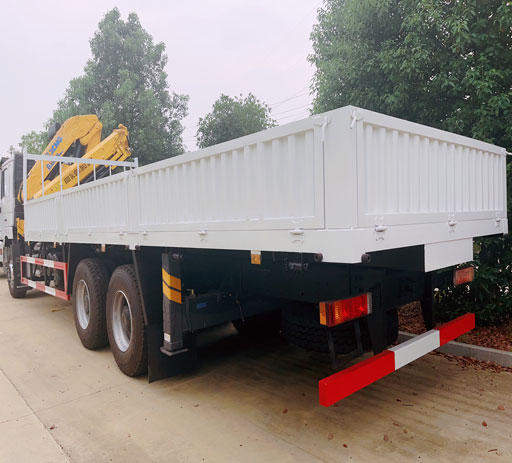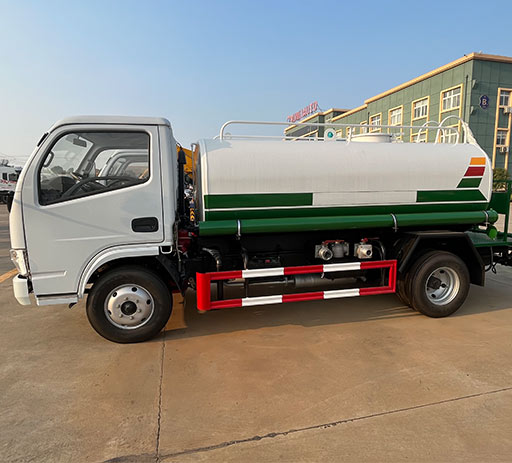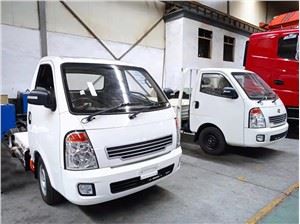Essential Tools for Rescue Operations: A Comprehensive Guide
Rescue operations are critical in saving lives during emergencies such as natural disasters, accidents, and various scenarios that require quick and effective responses. The right tools can make all the difference in these high-stakes situations. In this article, we will explore various tools used in rescue operations, their applications, and practical tips on their use. This guide aims to equip you with valuable knowledge about essential rescue tools, ensuring better preparedness for emergencies.
Understanding Rescue Operations
Rescue operations encompass a range of activities aimed at locating, assisting, and delivering victims from perilous situations. These operations can take many forms, from urban rescue missions to wilderness rescues. Understanding the context of these operations helps us identify the necessary tools that aid rescuers in their mission.

Types of Rescue Operations
Rescue operations can be categorized into the following types:
- Natural Disaster Rescues
- Urban Search and Rescue (USAR)
- Marine Rescue
- Wilderness Rescue
- Technical Rescue
Importance of Proper Tools
Having the right tools is crucial for the efficiency and safety of rescue operations. Proper tools can help speed up the rescue process, minimize the risk to both victims and rescuers, and improve the overall outcome of the rescue mission.
Essential Tools for Rescue Operations
1. Personal Protective Equipment (PPE)
Personal protective equipment is vital to safeguarding rescuers during operations. Common PPE includes:
- Helmets
- Gloves
- Safety Goggles
- High-visibility Vests
- Respirators
Examples and Tips
Always ensure that PPE is fitted correctly and regularly inspected. For example, helmets should be checked for cracks or damage, while gloves should be free from tears to protect against potential hazards during rescues.
2. Rescue Tools
Rescue tools are specifically designed to assist in saving lives and can vary depending on the rescue situation. Key tools include:
- Cuts and Spreaders (e.g., hydraulic rescue tools)
- Rescue Saws
- Stair Chairs
- Rescue Litter
- Fire Blankets
Examples and Tips
Hydraulic rescue tools, such as the “Jaws of Life,” are essential for extricating victims from vehicles. It is crucial for rescuers to practice regularly on these tools to ensure proficiency during real-life rescue scenarios.
3. Medical Equipment
Medical equipment plays a foundational role in many rescue missions. Essential items include:
- First Aid Kits
- Automated External Defibrillators (AEDs)
- Trauma Bags
- Oxygen Bags
Examples and Tips
First aid kits should be stocked with supplies tailored to the type of rescue being performed. Regular training in first aid and CPR is critical for all team members.
4. Communication Devices
Effective communication is crucial during any rescue operation. Key communication tools include:
- Two-way radios
- Mobile phones
- Satellite phones
- Emergency beacons
Examples and Tips
Two-way radios are preferred in many rescue scenarios for their reliability in remote areas where cellular networks may fail. Regular testing of communication devices is vital to ensure they function properly during emergencies.
5. Navigation and Search Tools
Proper navigation and search tools are essential for rescuers, especially in wilderness scenarios. Tools include:
- GPS Devices
- Maps and Compasses
- Thermal Imaging Cameras
- Drones for aerial monitoring
Examples and Tips

Using drones can significantly enhance search efforts by providing a bird’s-eye view of the area. Familiarity with GPS technology is also necessary to avoid getting lost during a rescue.
6. Transport Equipment
Transporting injured victims safely is paramount in rescue operations. Common transport tools are:
- Ambulances
- Rescue Trolleys
- Helicopters for airlifts
- Utility Vehicles (e.g., ATVs in difficult terrain)
Examples and Tips
Ambulances should be stocked with basic supplies and equipment to administer care during transport. Training in vehicle operation can enhance quick access to remote rescue sites.
Best Practices for Rescue Operations
1. Regular Training and Drills

Periodical training ensures that all rescue team members are familiar with the tools and procedures. Conducting drills can simulate real-life scenarios to enhance skills.
2. Risk Assessment
A comprehensive risk assessment should be carried out before any operation to identify potential hazards and develop strategies to mitigate risks.
3. Team Collaboration
Clear communication and strong teamwork are essential for a successful rescue operation. Each team member should know their role and responsibilities during a rescue.
4. Post-Operation Review
After completing a rescue operation, conducting a review helps the team learn from experiences, improve protocols, and address any shortcomings.
Technological Innovations in Rescue Tools
Emerging Technologies
Technology is changing the landscape of rescue operations. Below are a few examples of innovative tools making an impact:
- Robotics
- Smart Wearable Devices (for health monitoring)
- Advanced Mapping Software
- AI-Powered Search Algorithms
Real-World Case Studies of Rescue Operations
| Case Study | Description | Tools Used |
|---|---|---|
| Haiti Earthquake (2010) | Massive earthquake caused widespread devastation. | Hydraulic rescue tools, medical kits, drones. |
| Tham Luang Cave Rescue (2018) | Rescue of trapped soccer team in Thailand. | Drones, underwater cameras, oxygen tanks. |
Frequently Asked Questions (FAQ)
1. What are the most critical tools for any rescue operation?
The most critical tools include personal protective equipment, rescue tools, medical equipment, and effective communication devices.
2. How often should rescue tools be maintained?
Rescue tools should be regularly inspected and maintained according to manufacturer guidelines, but at least every three to six months is a good practice.
3. What training do rescue team members need?
Rescue team members should undergo training in first aid, use of rescue tools, effective communication, and risk assessment strategies.
4. How do drones enhance rescue operations?
Drones provide aerial views of the rescue area, which can help locate victims more quickly and safely scout challenging terrain.
5. Are there advancements in medical equipment for rescues?
Yes, innovations such as automated external defibrillators (AEDs) and portable ultrasound devices are becoming increasingly common in rescue situations.
6. How can communities prepare for potential rescue operations?
Communities can prepare by conducting training drills, establishing communication protocols, and ensuring local rescue teams have access to appropriate tools and support.
